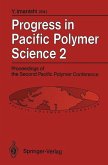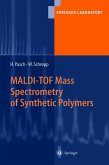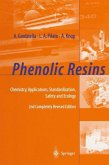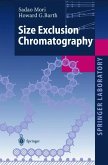Instrumental, especially spectrometric methods are widely used in analytical laboratories for identification and quantitative determination of complex organic systems. The author has shown this in earlier works for polymeric materials of all kind. In this book he describes the application of vibrational (FTIR, UV, Raman) and mass spectrometries and of other instrumental techniques for identification and structure elucidation of plastics additives, e.g., antioxidants, stabilisers, plasticisers, pigments, rubber chemicals. The state of the art is compressed in numerous tables and figures; these also allow the interpretation of spectra. Especially remarkable is a collection of the FTIR spectra of 780 selected additives, together with structures and legends. This book is especially useful for the practitioner in plastics processing and production as well as plastics additives industry for the quality control of educts.
FROM THE REVIEWS:
POLYMER NEWS
"The first part . . . is a good practical coverage of theory and applications of Infrared, Raman, UV-VIS, Mass, NMR, X-Ray Diffraction, Atomic Emission, Atomic Absorption Methods, in every case with a utilitarian orientation. There is also a short but helpful chapter on methods for separating additives from plastics. The coverage is strong on methods of interpreting the instrument data for identification purposes, and there are many useful tables of characteristic infrared band assignments, mass fragment assignments, and the like. . . . It is likely that the book will prove to be a valuable tool . . . The first part of the book could provide a 'quick study' or refresher for industrial chemists getting started in various techniques of polymer analysis."
POLYMER NEWS
"The first part . . . is a good practical coverage of theory and applications of Infrared, Raman, UV-VIS, Mass, NMR, X-Ray Diffraction, Atomic Emission, Atomic Absorption Methods, in every case with a utilitarian orientation. There is also a short but helpful chapter on methods for separating additives from plastics. The coverage is strong on methods of interpreting the instrument data for identification purposes, and there are many useful tables of characteristic infrared band assignments, mass fragment assignments, and the like. . . . It is likely that the book will prove to be a valuable tool . . . The first part of the book could provide a 'quick study' or refresher for industrial chemists getting started in various techniques of polymer analysis."








